#425 – Escutcheon Adjustment Ranges & Types of Adjustable Fire Sprinkler Escutcheons
April 26, 2023
Many fire sprinkler escutcheons provide some leeway. Learn about fire sprinkler escutcheon adjustment types and which one you need.
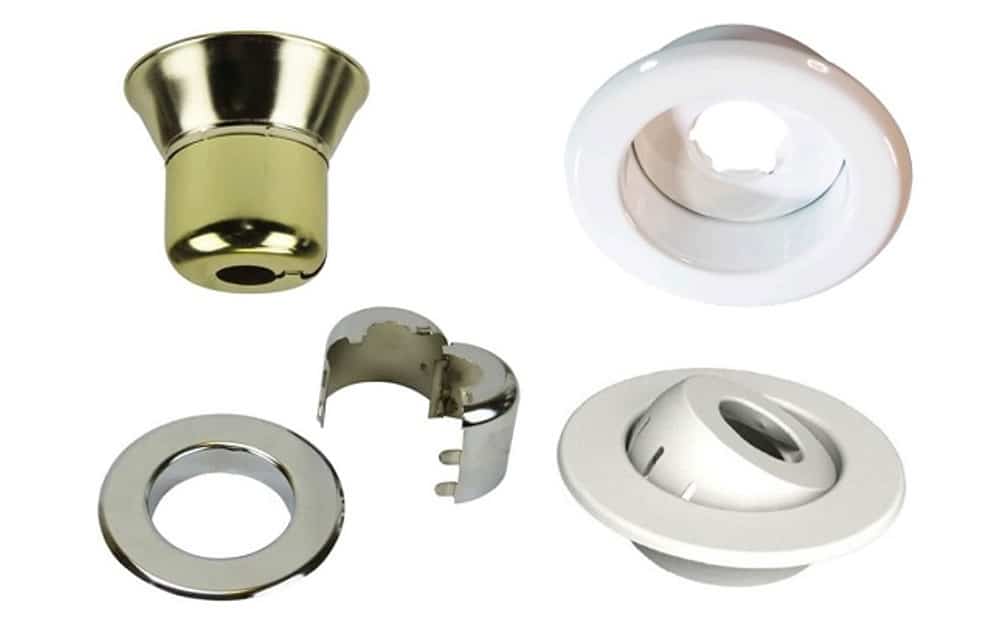
April 26, 2023
Many fire sprinkler escutcheons provide some leeway. Learn about fire sprinkler escutcheon adjustment types and which one you need.
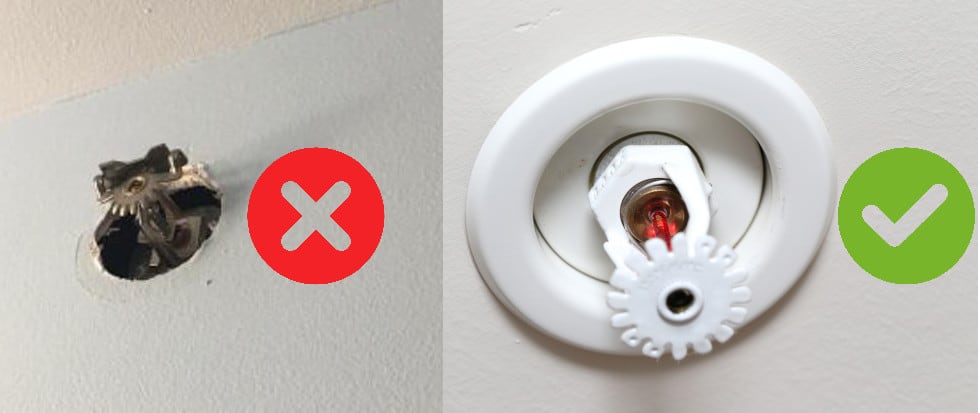
April 12, 2023
When and why do you have to replace missing fire sprinkler escutcheons? QRFS explains the rules and reasons, examining the potential impacts on spray patterns and activation.

March 29, 2023
Fire sprinkler trim rings help cover holes that are too big for escutcheons or covers. Learn about metal & Kydex options for oversized wall and ceiling sprinkler penetrations.

March 16, 2023
Learn about product compatibility, international shipping timelines, taxes, and reporting requirements for QRFS buyers outside of the US QRFS sells and ships products to buyers … Read more
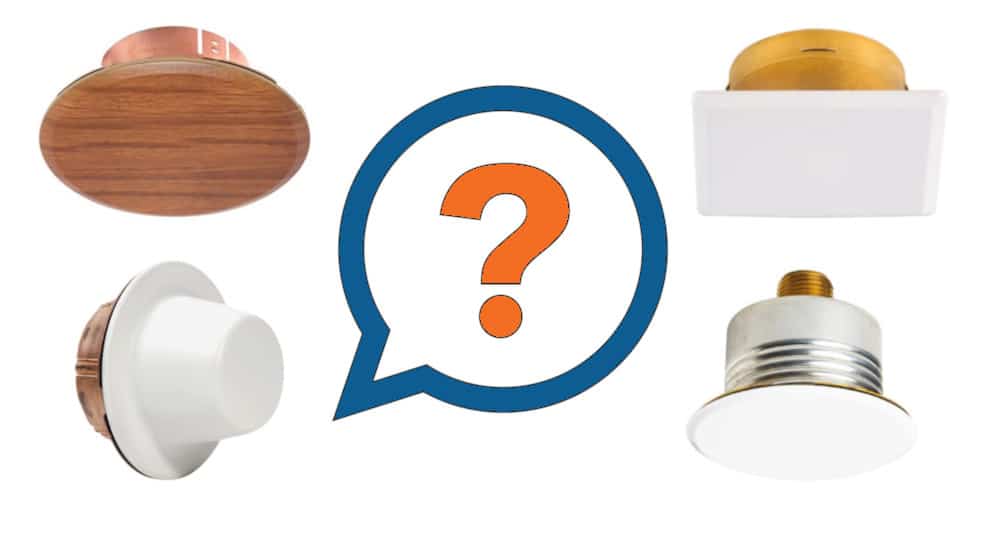
March 1, 2023
Cover plates for concealed fire sprinklers come in different shapes, sizes & more. Learn what the options mean so you can pick the right cover plate for the job.

February 15, 2023
Learn why installers use reducing couplings, concentric reducers, or eccentric reducers in fire protection grooved pipe systems.
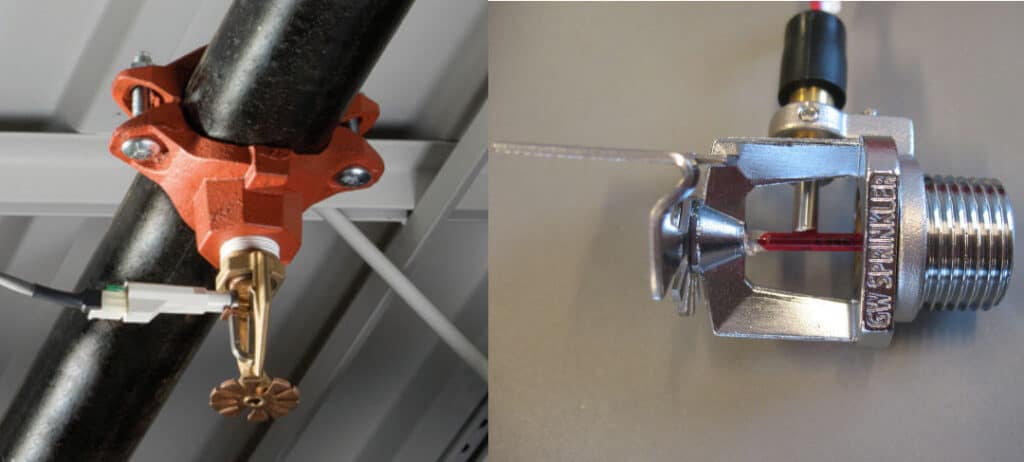
February 1, 2023
Electrically operated fire sprinklers are the latest technology for protecting high-challenge environments. Learn how they work and must be maintained.
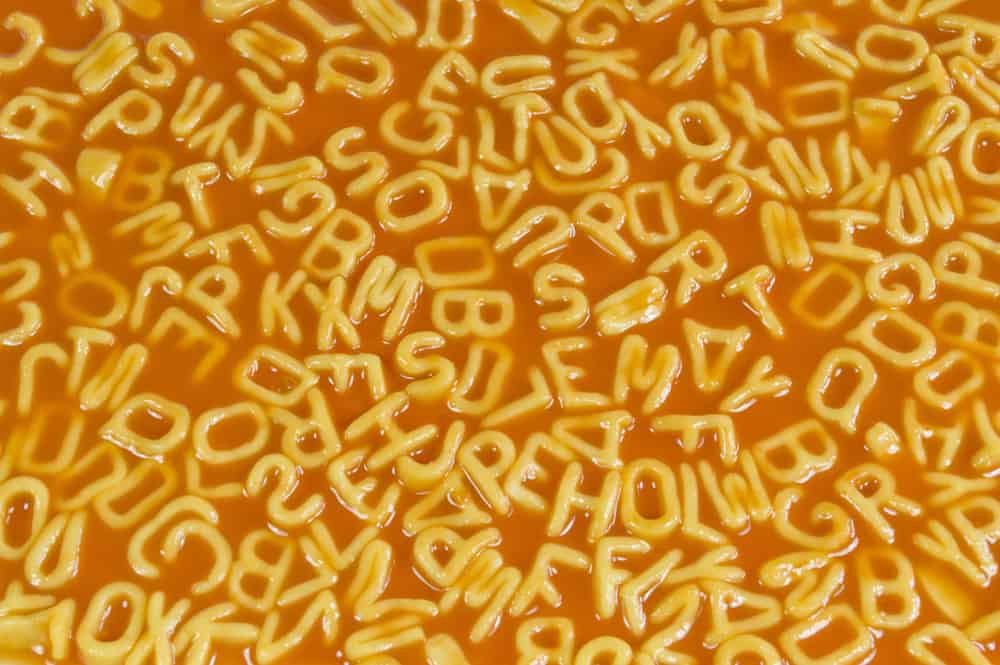
January 19, 2023
What’s the difference between ESFR sprinklers, ECOH sprinklers, and ELO sprinklers? QRFS explains these confusing fire sprinkler acronyms.
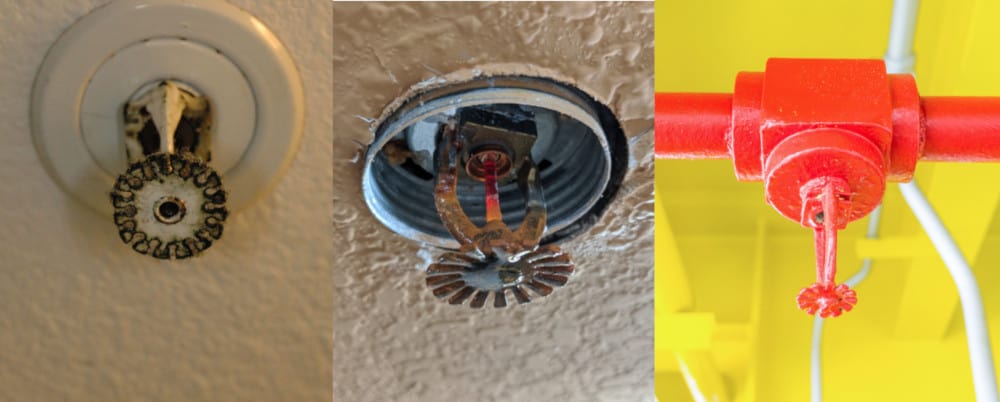
January 11, 2023
The rules for fire sprinkler head replacement when you find paint, loading, or corrosion have gotten looser over the years. Learn when new sprinklers are necessary.
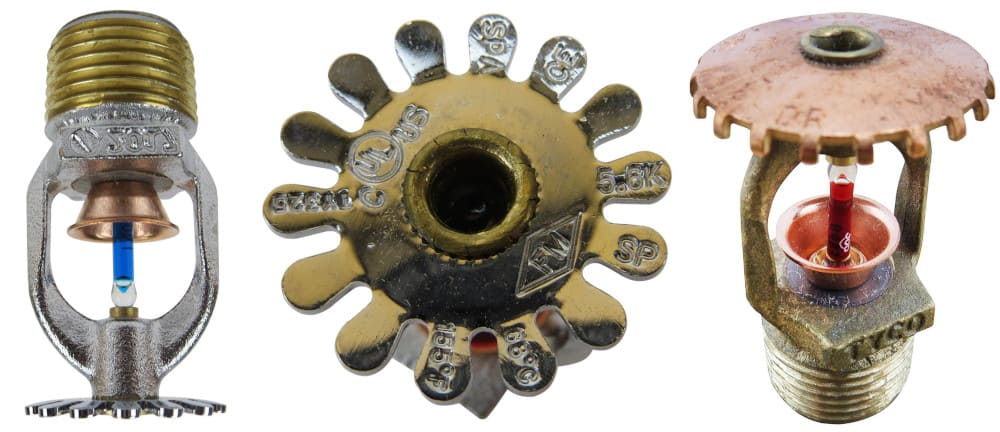
December 21, 2022
Tyco made slight changes to its TY-B & TY-FRB Series in the past decade. Here’s how to choose the right sprinklers & compatible escutcheons!
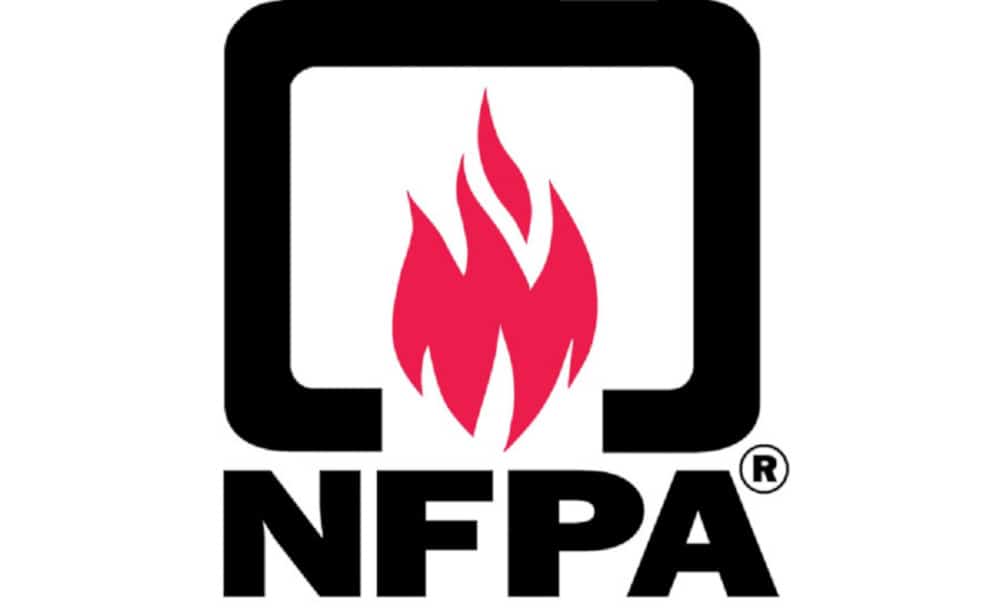
December 7, 2022
Learn about some of the biggest NFPA 25 changes in the 2023 edition, including rules on antifreeze fire sprinklers, foam fire suppression systems, testing intervals, and more.